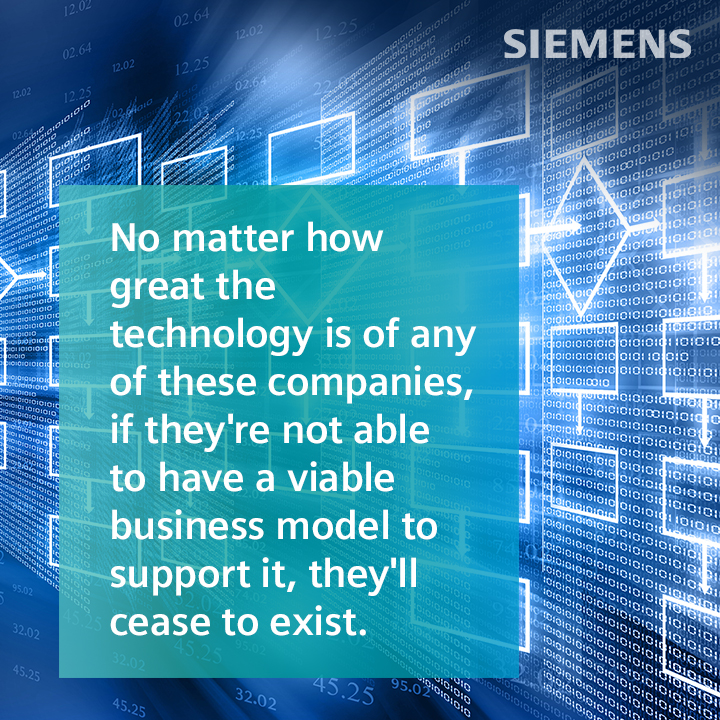New mobility drives E/E complexity

In the new era of mobility, the most exciting features and capabilities are made possible, and made better, through software and software updates. Furthermore, all of these advanced features and functionality are enabled through powerful electronics devices. This shift towards software and electronics is shifting emphasis in the automotive world towards the electrical and electronic (E/E) systems, networks, and software development, a radical shift for a traditionally mechanically dominated industry. And along with this massive technological change, new business opportunities are becoming available to automotive and mobility companies. As business models change and new revenue streams open, automakers need to figure out how to generate the most value.
Electrification, autonomy, connectivity and other trends are driving up the complexity of vehicles in general, and the E/E systems in particular. The technological ramp to fully autonomous vehicles presents significant challenges for the engineers tasked with their design. Advanced sensor technology, high-speed and high-bandwidth data networks, and cutting-edge artificial intelligence are all crucial to the functional and commercial success of autonomous vehicles. The real challenge, however, begins when these advanced technologies are integrated into a single system that must perceive, communicate, and decide on a course of action.
A level five autonomous vehicle, for example, will have complete responsibility for control over the driving task, requiring no human input. As a result, a level five car is projected to have dozens of additional sensors of a much wider variety to cover the immense number of tasks an autonomous vehicle will need to perform. In addition, a network of increasingly powerful integrated circuit (IC) and system on chip (SoC) devices running very sophisticated artificial intelligence and machine learning algorithms will be required to compute and interpret the data coming from the sensors, and to safely guide the vehicle through the environment. And, more and more, these vehicles must be considered in the context of an entire connected mobility system, rather than an isolated computer-on-wheels.

The complexity of such systems is expected to reach unprecedented levels. During design, engineers will need to perform architecture and tradeoff analyses to investigate architectural proposals, such as a centralized vs. domain vs. distributed architecture. For an autonomous vehicle platform, these analyses will need to account for hundreds of components and millions of signals while optimizing function locations, network latency, error rates and more. Processes and design methodologies must be updated to meet the challenges of the vehicles of tomorrow.
Meanwhile, on this march towards the future, legacy manufacturers are attempting to juggle the need for innovation with the demands of their existing business. They need to pay the bill to maintain their existing activities, while also committing to the pursuit of higher levels of autonomy. Trying to do both under traditional methods makes it much harder to keep pace with the highly dynamic nature of the modern automotive industry. As a result, these companies are struggling to transform at the pace necessary to stay competitive.
In a new episode of the Future Car podcast we talk Nand Kochhar, VP of Automotive and Transportation, and Doug Burcicki, Sr. Director of integrated Electrical Systems at Siemens Digital Industries Software about how the push for autonomy is driving this E/E revolution. We discuss how E/E architectures are reaching unprecedented complexity as hardware and data network content expand, and how businesses are adapting to the need for continued innovation. You can listen to this episode through the player below.


